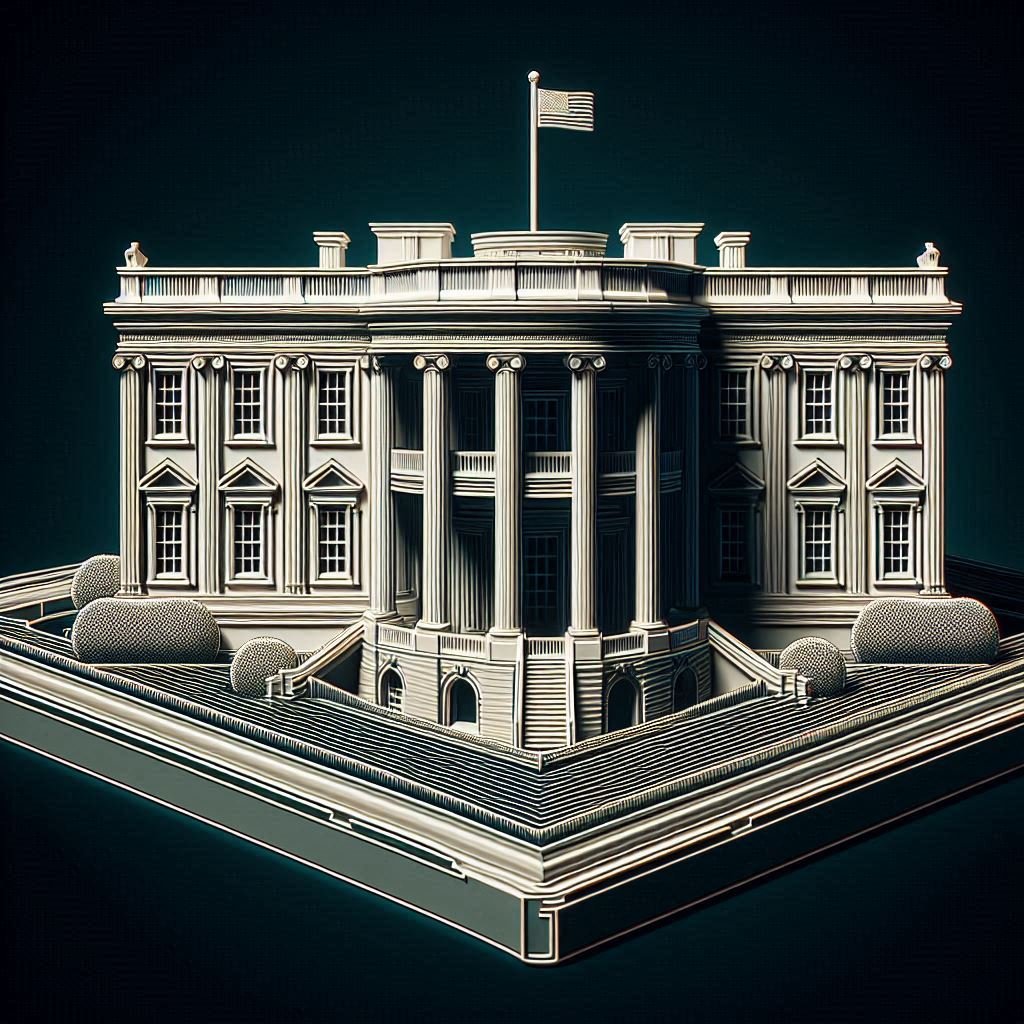Executive Order on Strengthening and Promoting Innovation in the Nation’s Cybersecurity
Position Paper:
How XQ Zero Trust Data Meets the Requirements of the Executive Order on Strengthening and Promoting Innovation in the Nation’s Cybersecurity
On January 16, 2025, the White House issued an Executive Order to enhance the nation’s cybersecurity posture, focusing on strengthening the protection of critical systems, including the civil space system. This order outlines key cybersecurity objectives related to protecting command and control systems, detecting and recovering from anomalous activity, and using secure software and hardware development practices. XQ Zero Trust Data Security offers comprehensive solutions that align with the goals of this executive order, helping organizations meet and exceed these cybersecurity requirements.
This position paper explains how XQ’s Zero Trust Data model addresses these critical areas.
Protection of Command and Control Systems
Protecting command and control (C2) systems, particularly for civil space operations, is paramount to safeguarding national security and critical infrastructure. XQ’s Zero Trust architecture provides a robust solution for securing communications and ensuring that only authorized parties can issue commands to sensitive systems.
The following components of XQ Zero Trust Data Security meet the four key requirements outlined in the executive order:
1. Encrypting Commands to Protect the Confidentiality of Communications
XQ’s Zero Trust model ensures data confidentiality by employing end-to-end encryption for all command communications. This encryption makes commands sent to and from civil space systems unreadable by unauthorized parties, preventing interception and maintaining the integrity of sensitive information. By implementing strong encryption standards, XQ helps meet the executive order's requirement to safeguard communication confidentiality.
2. Ensuring Commands Are Not Modified in Transit
XQ utilizes integrity checks and digital signatures to ensure that commands remain unchanged in transit. The Zero Trust architecture enforces data integrity through cryptographic methods that detect any unauthorized alterations. These requirements ensure that commands are not modified during transmission, addressing one of the most critical vulnerabilities in C2 systems and preventing unauthorized parties from tampering with the data being communicated.
3. Ensuring an Authorized Party Is the Source of Commands
To meet this requirement, XQ’s solution relies on multi-factor authentication (MFA) and role-based access control (RBAC) to verify the identity of individuals or systems issuing commands. The system enforces strict identity verification and continuously authenticates users based on predefined security policies.
Additionally, identity and access management (IAM) tools ensure that only authorized personnel or devices can issue commands, thereby preventing unauthorized sources from gaining control of critical systems.
4. Rejecting Unauthorized Command and Control Attempts
XQ’s Zero Trust architecture actively monitors and rejects unauthorized C2 attempts using real-time threat detection and response mechanisms.
By employing a combination of anomaly detection, behavioral analysis, and automated incident response, XQ immediately identifies and blocks unauthorized access attempts to C2 systems. This proactive defense ensures that only legitimate commands are allowed to be executed, in full compliance with the executive order’s requirements.
Detection, Reporting, and Recovery from Anomalous Network or System Activity
The ability to detect, report, and recover from anomalous data, network or system activity is a fundamental component of maintaining the security of critical systems, including civil space infrastructure. The NIST SSDF provides a comprehensive set of security guidelines to integrate security throughout the software development lifecycle (SDLC). XQ implements these best practices to ensure that both our software and hardware systems are resilient against vulnerabilities, attacks, and exploits.
XQ’s Zero Trust model incorporates advanced monitoring and response systems to detect and address any unusual or unauthorized activity:
Real-time monitoring of network traffic, data access, and system activity is performed continuously, enabling XQ to detect anomalies that could indicate potential security breaches or unauthorized access.
Automated reporting mechanisms are in place to alert security teams to anomalous activity as it occurs, ensuring swift responses to any detected threats.
XQ’s incident response framework includes predefined recovery protocols that allow organizations to quickly restore normal operations in the event of an attack, ensuring minimal disruption to critical systems.
By implementing these measures, XQ helps meet the requirements for detecting, reporting, and recovering from anomalous activity, in alignment with the executive order’s cybersecurity goals.
Secure Software and Hardware Development Practices
The Executive Order emphasizes the importance of using secure software and hardware development practices, consistent with the National Institute of Standards and Technology’s Secure Software Development Framework (NIST SSDF) or successor documents. XQ is committed to adhering to industry best practices in security and development, ensuring that its products meet or exceed NIST’s standards:
XQ employs secure coding practices throughout its software development lifecycle (SDLC) to ensure that all components are resistant to common vulnerabilities and exploits.
Threat modeling and code analysis are integral to XQ’s development process, allowing for the identification and mitigation of potential risks before they become issues in production.
XQ’s hardware and software systems are built with security by design principles, ensuring that both new and existing components are regularly updated to address emerging threats.
By adhering to these rigorous development practices, XQ helps organizations meet the executive order’s requirements for secure software and hardware development, ensuring the long-term security and resilience of critical systems.
Conclusion
XQ’s Zero Trust Data Security solutions are designed to help organizations meet the cybersecurity objectives outlined in the January 2025 Executive Order. By securing command and control systems, providing robust methods for detecting and recovering from anomalous activity, and adhering to secure software development practices, XQ offers a comprehensive cybersecurity framework that supports the protection of civil space systems and other critical infrastructure. With XQ, organizations can enhance their cybersecurity posture, ensuring that they remain compliant with evolving regulations and resilient against emerging cyber threats.

